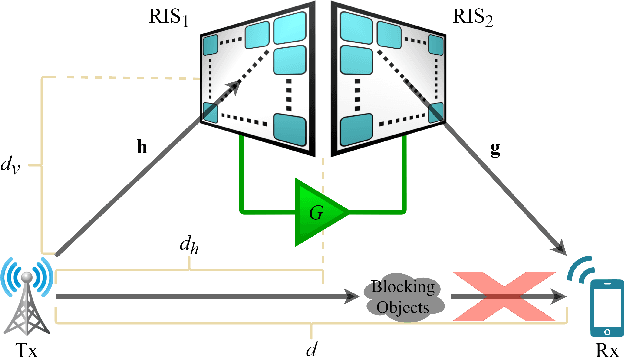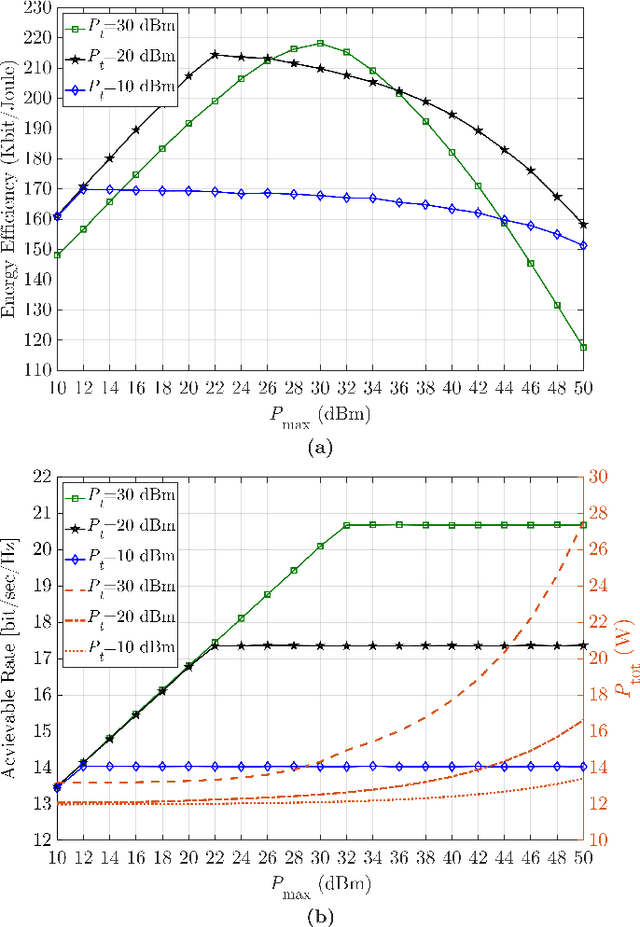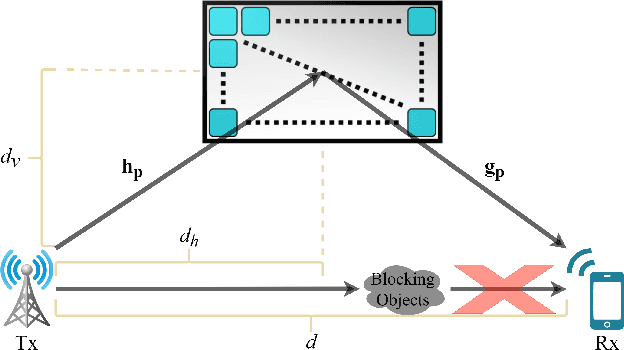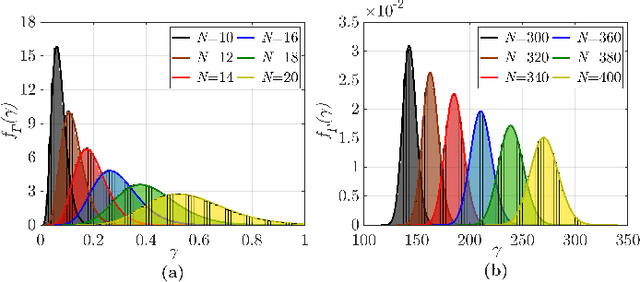An Amplifying RIS Architecture with a Single Power Amplifier: Energy Efficiency and Error Performance Analysis
Paper and Code
Nov 18, 2021



Reconfigurable intelligent surfaces (RISs) have recently attracted the attention of the community as a potential candidate for next generation of wireless communication networks. Various studies have been carried out on this technology, which allows the control of the signal propagation environment. However, when an RIS is used in its inherently passive structure, it appears to be only a supportive technology for communications, while suffering from a multiplicative path loss. Therefore, researchers have lately begun to focus on RIS hardware designs with minimal active elements to further boost the benefits of this technology. In this paper, we present a simple hardware architecture for RISs including a single variable gain amplifier for reflection amplification to confront the multiplicative path loss. The end-to-end signal model for communication systems assisted with the proposed amplifying RIS design is presented, together with an analysis for the capacity maximization and the theoretical bit error probability performance, which is verified by computer simulations. In addition, the advantages of the proposed amplifying RIS design compared to its passive counterpart are discussed. It is shown that the proposed RIS-based system significantly eliminates the double fading problem appearing in conventional passive RIS-assisted systems as well as improves the energy efficiency.
 Add to Chrome
Add to Chrome Add to Firefox
Add to Firefox Add to Edge
Add to Edge